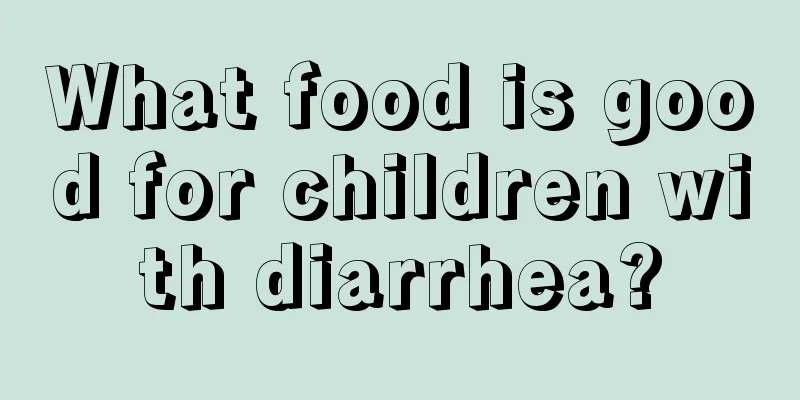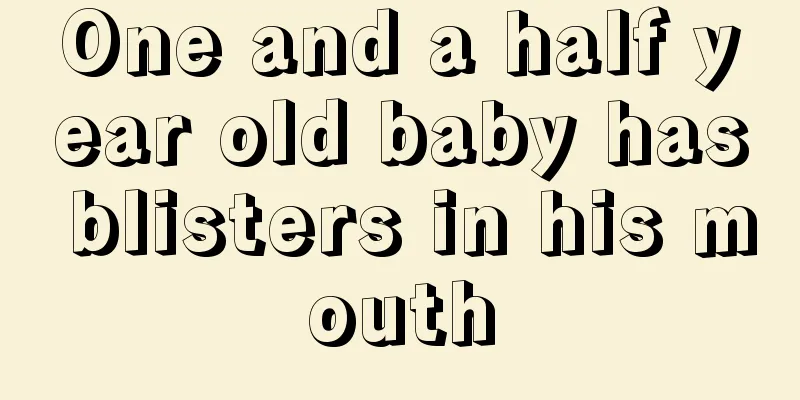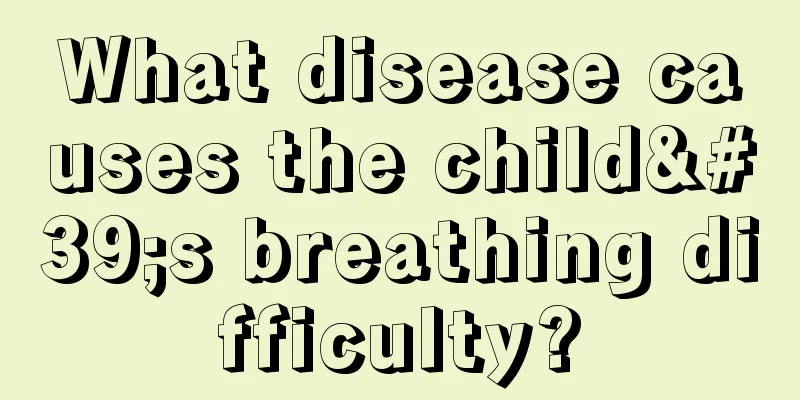The easiest way to treat a child's stuffy nose

|
Children often have nasal congestion problems. In fact, most of the nasal congestion is caused by some bad living habits. It is recommended that you find a suitable way to deal with it. It is best not to use medication for children's nasal congestion. It is recommended to use a sprayer or some folk remedies for treatment, which is more effective, simple and scientific. Treatment for nasal congestion in children Children's nose and nasal cavity are relatively short. Newborns have almost no inferior nasal meatus and no nasal hair. The nasal mucosa is weak and rich in blood vessels, so it is easy to be infected, causing congestion and swelling of the nasal mucosa and nasal congestion. Symptoms of nasal congestion in newborns include difficulty in sucking, irritability and crying, shortness of breath or breathing, and snoring while sleeping. If a newborn has a stuffy nose, you should first check whether there is any mucus or other foreign matter blocking the nasal cavity. If there is any blockage, it must be cleared immediately. After eliminating the nasal congestion caused by foreign body blockage, the following methods can be used to treat it: 1. Dry the scallion, wash and mash it, squeeze out the juice, and put 2 to 3 drops into the nose each time, 2 to 3 times a day. 2. For babies with nasal congestion and runny nose, use 3 grams each of Angelica dahurica and Perilla leaf, grind them into fine powder, put them in a bottle, and let the baby smell it twice a day, each time for 30 to 60 seconds. Or use moxa sticks to moxibustion the Baihui point (the intersection of the midline of the top of the head and the line connecting the two ear tips) for 5 to 10 minutes each time, twice a day. 3. For those with nasal congestion and yellow turbid mucus, use 3 grams each of mint and cicada shell, add 120 ml of water, boil and extract 60 ml, take it in 3 times, 1 dose per day. Vasoconstrictive nasal drops such as ephedrine, dibijing, and nasal tonifier can easily cause atrophy of the nasal mucosa if used for a long time, so they should be used with caution. Do not use adult nasal drops for newborns. To prevent nasal congestion in newborns, you should pay attention to maintaining a certain humidity in the room and not making it too dry. You should clean the nasal mucus regularly to eliminate nasal obstructions. What conditions can easily aggravate nasal congestion in children? The nasal cavity and throat of infants and young children are naturally narrower. In addition, the surface is covered with mucous membranes and there are many lymph glands (their function is to moisten and filter the inhaled air). Therefore, the symptoms of nasal congestion will become severe under the following circumstances. 1. Cold : When you are allergic to or injured by the outside air, the surface mucosa will not only swell, but the secretions will also increase significantly, which can easily block the nasal cavity. 2. Lie flat: When sitting, the secretions will flow out of the nostrils as snot, and when lying down, the secretions will flow backwards to the throat, and even irritate the throat, causing itching and coughing. Many children who are fine during the day will cough constantly when they go to bed at night, which is usually caused by the so-called "postnasal drip". 3. Encountering cold: Generally, the blood vessels and mucous membranes in the body expand when heated and contract when cooled, just like the hands and feet respond to changes in temperature. However, the vascular membranes in the nasal cavity do the opposite, "contracting when heated and expanding when cooled" (note). Therefore, when encountering cold wind or air conditioning, the vascular membranes swell and secrete more, making nasal congestion and runny nose more severe. Note: The purpose of the nasal membrane's "heat contraction and cold expansion" is to allow cold air to heat it. The temperature of the human body is higher than the ambient temperature. When the air enters the respiratory tract from the nostrils to the lungs, it must be gradually heated to about 37°C. The tiny blood vessels densely distributed in the nasal mucosa have the following functions: Like a "coil heater", it can increase the temperature of air as it flows through, so when hot air passes through the nasal cavity, no special heating is required, and the blood vessels and mucous membranes will shrink at this time; conversely, when cold air passes through, the blood vessels and mucous membranes in the nasal cavity will double in expansion to cope with the heating effect. |
<<: What to do if your child is slow to respond
>>: What kind of soup is good for children in summer
Recommend
Is pulmonary edema serious in children?
Water accumulation in the lungs is usually pulmon...
What to do if baby teeth don't fall out
Many parents will find that their children’s baby...
Best work and rest schedule for high school students
High school is a special period with great academ...
What is the reason for repeated attacks of bronchitis in babies?
Children are the hope of us parents. Every parent...
How do primary school students exercise
It is very necessary for primary school students ...
The baby is 16 days old and the umbilical cord has not fallen off yet
Newborn babies usually have part of the umbilical...
High testosterone levels in children
If a child has too high a level of male hormone, ...
Can children soak their feet? What are the benefits?
The cold winter is coming soon. Many elderly frie...
What kind of exercise can children do to grow taller?
The growth of children in their childhood is more...
What is the diagnosis of pulmonary stenosis in infants?
When pulmonary valvular stenosis is mild, there a...
Symptoms of neonatal stridor
We all know that the trachea of a newborn is no...
What are the dietary treatments for bronchitis in children?
Bronchitis in children is a common disease in lif...
Early symptoms of polio, be alert after reading these!
When a child has mild symptoms such as fever, man...
Children's brain-boosting foods
Dark leafy greens The metabolism of protein foods...
Is it normal for children to lose their hair?
It is not normal for children to lose hair freque...









